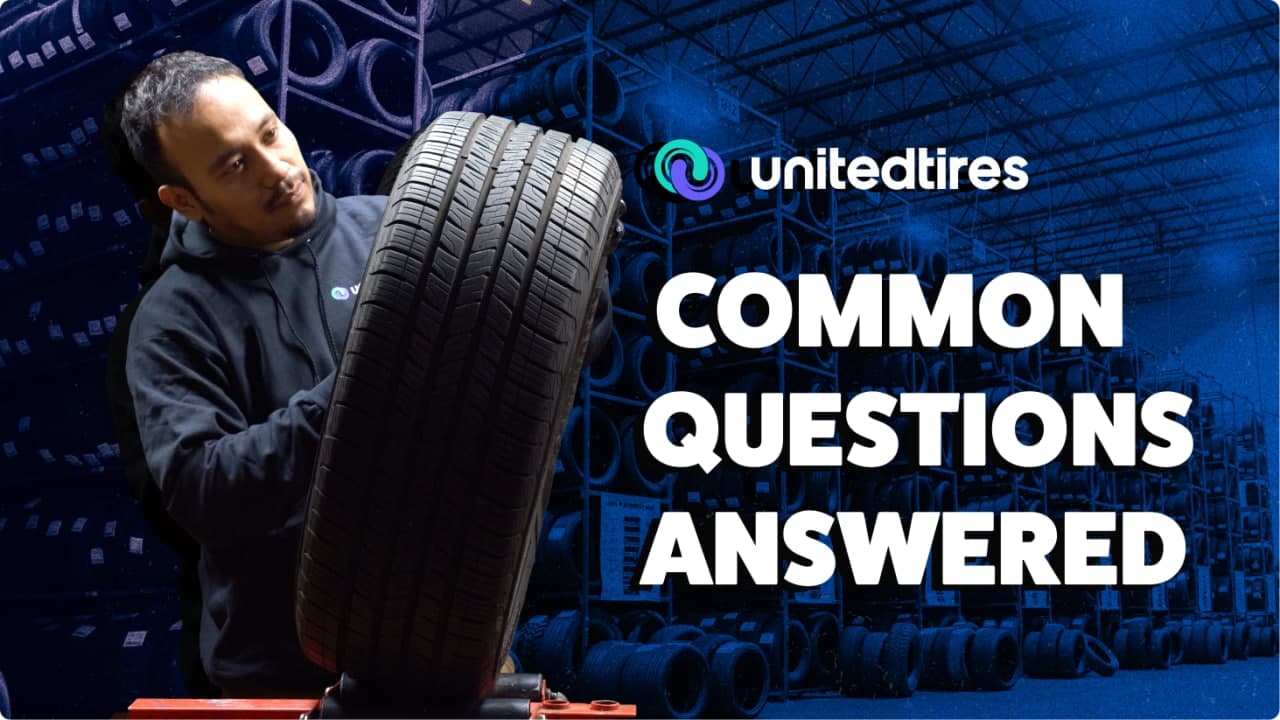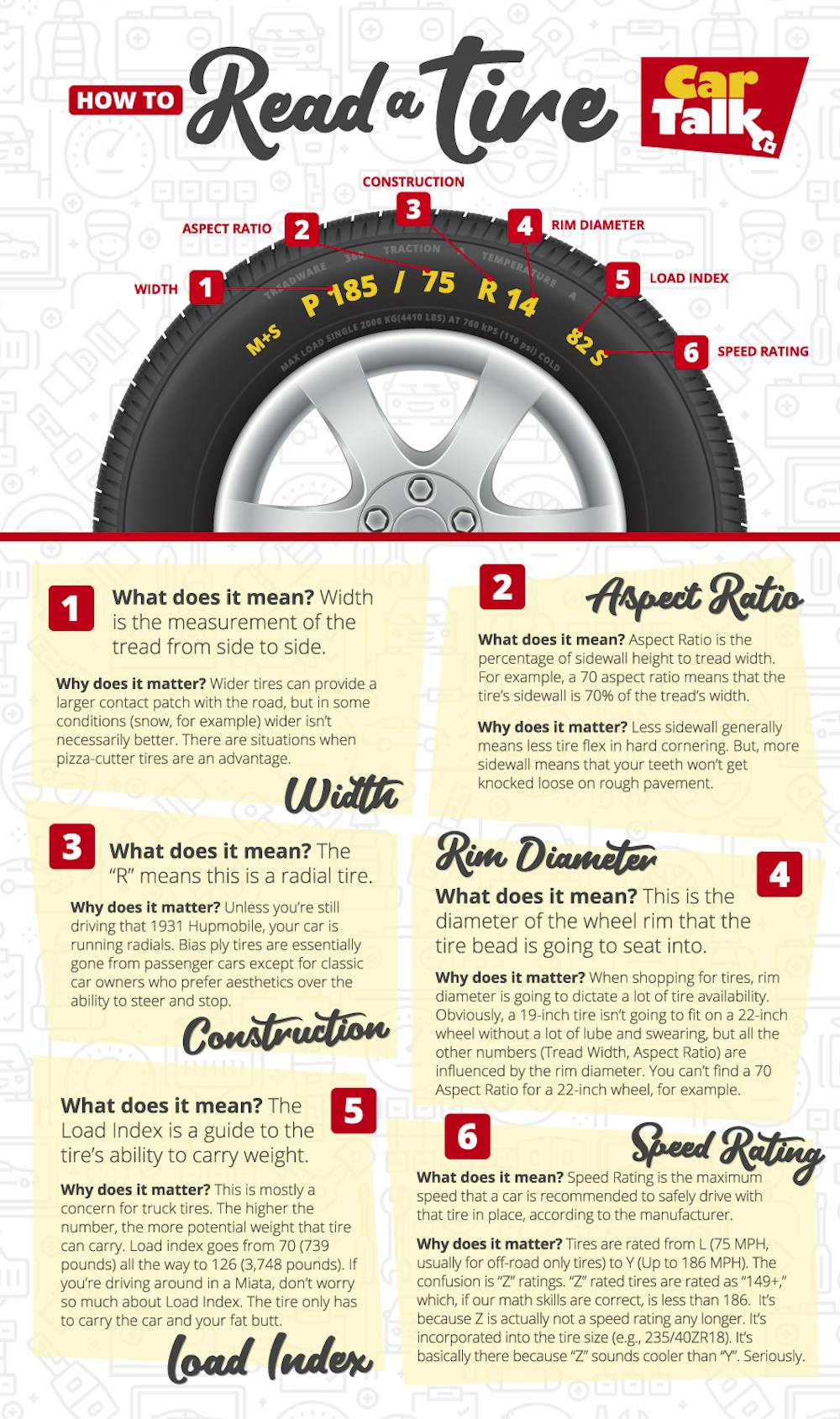All Categories
Featured
Table of Contents
I was able to obtain 100 hours out of among these tires, and while it had definitely no tire lugs left on it, the soft substance made it work very wellas long as I was making use of a soft mousse. Kitt Stringer photo Easy placing - 3Wear - 3Sidewall toughness - 3Performance on roots - 4Performance on wet rocks - 2Traction on dirt - 5Cornering capacity - 4Traction while stopping - 4Self-clearing of dust and mud - 3Performance in mud - 3Overall predictability or tracking - 3 _ 37 Verdict: This is an excellent well-rounded tire with great value for money.

The wear was constant and I such as the length of time it lasted and just how constant the feel was during use. This would certainly additionally be an excellent tire for faster races as the lug size and spacing little bit in well on rapid terrain. Kitt Stringer picture Easy installing - 3Wear - 3Sidewall stamina - 3Performance on roots - 4Performance on wet rocks - 4Traction on dust - 4Cornering ability - 4Traction while stopping - 5Self-clearing of dirt and mud - 4Performance in mud - 4Overall predictability or monitoring - 4_42 Final thought: I liked this tire a great deal.
If I had to buy a tire for tough enduro, this would certainly be in my top selection. Easy placing - 3Wear - 3Sidewall stamina - 3Performance on roots - 4Performance on damp rocks - 3Traction on dust - 4Cornering ability - 3Traction while braking - 3Self-clearing of dirt and mud - 4Performance in mud - 4Overall predictability or tracking - 3 _ 34 Final thought: This tire was really soft and pliable.
All the gummy tires I examined performed relatively close for the first 10 hours or so, with the champions going to the softer tires that had much better traction on rocks (Tyre shop). Investing in a gummy tire will definitely offer you a strong advantage over a routine soft compound tire, however you do pay for that advantage with quicker wear
Tyre Warranty
This is an excellent tire for springtime and loss conditions where the dirt is soft with some wetness still in it. These tried and tested race tires are excellent all about, but put on promptly.
My general champion for a difficult enduro tire. If I had to invest money on a tire for day-to-day training and riding, I would certainly choose this one.
Car Tyre Fitting – Kiara
I've been running a set of Michelin Power Pilot 2CT's on my track Daytona 675 for the past year. In that time I have done 15 track days in all weathers from chilly wet to very warm and these tires have never ever missed out on a beat. Budget car tyres. I've done virtually 2,000 miles (3,200 km) on them and as you can see from this shot of the front taken after first session of my 15th track day on them, they still have rather a whole lot of rubber left on them
Simply put the 2CT is an incredible track day tire. If you're the sort of biker that is likely to come across both damp and completely dry conditions and is beginning on the right track days as I was last year, after that I assume you'll be hard pushed to discover a better worth for money and experienced tyre than the 2CT; a set of which will set you back around 185 (US$ 300) in the UK.
Developing a much better all round road/track tire than the 2CT need to have been a hard task for Michelin. The result of that effort is the Michelin Pilot Power 3 which basically replaces the Pure. Don't perplex this brand-new tyre with the roadway going Pilot Roadway 3 which is not created for track use (although some bikers do).
They influence huge confidence and give amazing grip levels in either the damp or the dry. When the Pilot Power 3 launched, Michelin advised it as a 50:50% roadway: track tyre. That message has actually just recently changed since the tyres are currently suggested as 85:15% roadway: track use rather. All the rider reports that I have actually reviewed for the tire rate it as a much better tyre than the 2CT in all areas however especially in the damp.
Tyre Checks Near Me – Swan
Technically there are plenty of differences in between both tires although both make use of a dual compound. Aesthetically you can see that the 2CT has less grooves cut right into the tyre however that the grooves run to the side of the tire. The Pilot Power 3 has more grooves for better water dispersal yet these grooves do not reach the shoulder of the tire.
One facet of the Pilot Power 3 which is different to the 2CT is the brand-new 2CT+ innovation which prolongs the harder middle section under the softer shoulders (on the rear tyre). This must offer more security and decrease any kind of "squirm" when increasing out of corners regardless of the lighter weight and even more flexible nature of this new tire.

Although I was a little uncertain concerning these reduced pressures, it ended up that they were great and the tyres performed truly well on course, and the rubber looked much better for it at the end of the day. Equally as a point of reference, various other (quick team) bikers running Metzeler Racetecs were using tire stress around 22-24 psi for the rear and 24-27 psi on the front.
Developing a far better all round road/track tire than the 2CT must have been a hard task for Michelin. The outcome of that effort is the Michelin Pilot Power 3 which basically replaces the Pure. Don't perplex this new tire with the roadway going Pilot Roadway 3 which is not developed for track use (although some bikers do).
Affordable Vehicle Tyres Near Me – Swan 6054 WA
They influence massive confidence and give amazing hold degrees in either the wet or the completely dry. When the Pilot Power 3 introduced, Michelin suggested it as a 50:50% roadway: track tire. That message has actually just recently changed due to the fact that the tyres are currently recommended as 85:15% road: track usage rather. All the cyclist reports that I have actually checked out for the tire rate it as a much better tyre than the 2CT in all areas yet specifically in the wet.

Technically there are plenty of distinctions between both tires even though both use a double substance. Visually you can see that the 2CT has less grooves reduced right into the tyre yet that the grooves run to the side of the tire. The Pilot Power 3 has more grooves for far better water dispersal but these grooves do not get to the shoulder of the tyre.
One facet of the Pilot Power 3 which is different to the 2CT is the brand-new 2CT+ modern technology which expands the harder center section under the softer shoulders (on the rear tire). This should provide extra stability and minimize any kind of "agonize" when increasing out of edges regardless of the lighter weight and more flexible nature of this new tire.
Although I was slightly uncertain concerning these lower stress, it transformed out that they were fine and the tyres carried out really well on course, and the rubber looked much better for it at the end of the day. Equally as a point of reference, other (quick team) riders running Metzeler Racetecs were utilizing tire stress around 22-24 psi for the rear and 24-27 psi on the front
Latest Posts
Vehicle Tyres Near Me (Bayswater)
Tyre Replacement – West Swan
Tyre Safety ( Stirling 6059 WA)